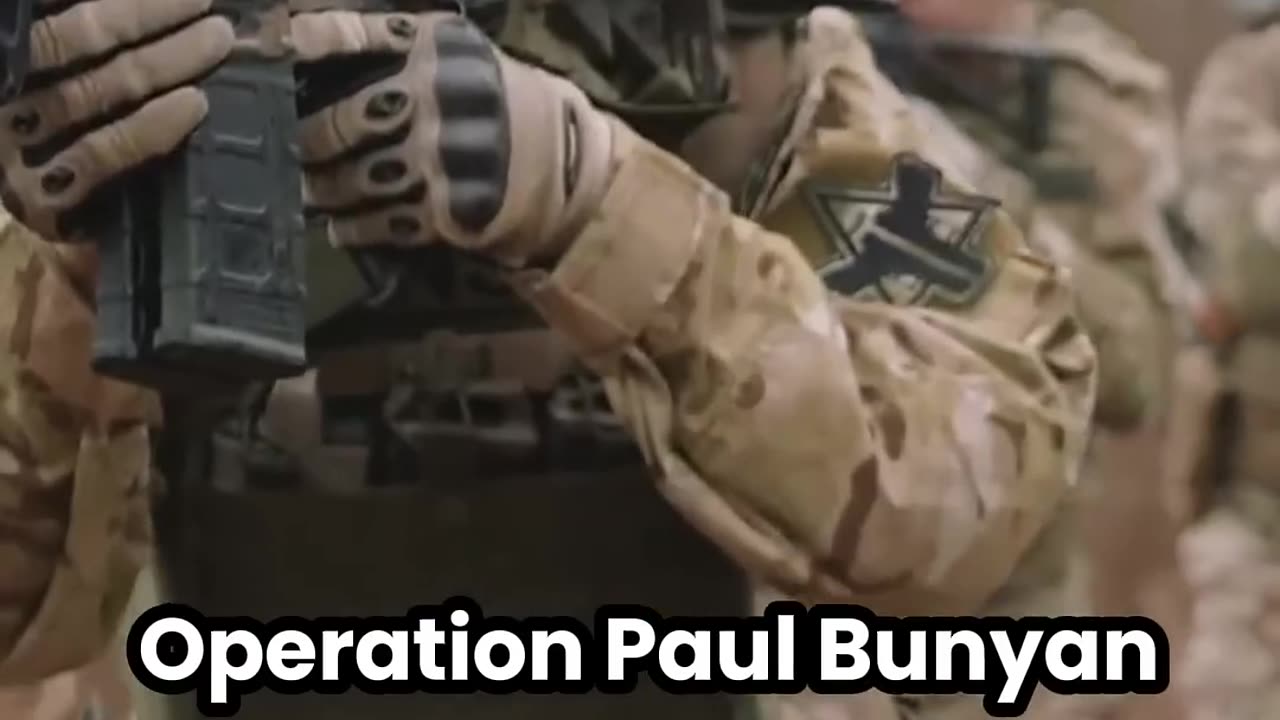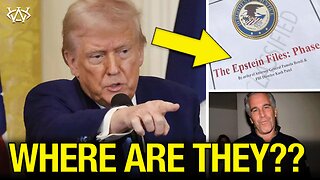Premium Only Content

DECADES PROTECTING THE SOUTH KOREAN BORDER AND WE CAN'T EVEN PROTECT OUR OWN!!
DECADES PROTECTING THE SOUTH KOREAN BORDER AND WE CAN'T EVEN PROTECT OUR OWN SOUTH BORDER!!!
The 38th parallel north—which divides the Korean Peninsula roughly in half—was the original boundary between the United States and Soviet Union's brief administration areas of Korea at the end of World War II. Upon the creation of the Democratic People's Republic of Korea (DPRK, informally "North Korea") and the Republic of Korea (ROK, informally "South Korea") in 1948, it became a de facto international border and one of the most tense fronts in the Cold War.
Both the North and the South remained dependent on their sponsor states from 1948 to the outbreak of the Korean War. That conflict, which claimed over three million lives and divided the Korean Peninsula along ideological lines, commenced on 25 June 1950, with a full-front DPRK invasion across the 38th parallel, and ended in 1953 after international intervention pushed the front of the war back to near the 38th parallel.
In the Armistice Agreement of 27 July 1953, the DMZ was created as each side agreed to move their troops back 2,000 m (1.2 miles) from the front line, creating a buffer zone 4 km (2.5 mi) wide. The Military Demarcation Line (MDL) goes through the center of the DMZ and indicates where the front was when the agreement was signed.
Owing to this theoretical stalemate, and genuine hostility between the North and the South, large numbers of troops are stationed along both sides of the line, each side guarding against potential aggression from the other side, even 70 years after its establishment. The armistice agreement explains exactly how many military personnel and what kind of weapons are allowed in the DMZ. Soldiers from both sides may patrol inside the DMZ, but they may not cross the MDL. Sporadic outbreaks of violence in and around the border have killed over 500 South Korean soldiers, 50 American soldiers and 250 North Korean soldiers along the DMZ between 1953 and 1999.[4]
Daeseong-dong (also written Tae Sung Dong and known as “Freedom Village”), in South Korea, and Kijŏng-dong (also known as the "Peace Village"), in North Korea, are the only settlements allowed by the armistice committee to remain within the boundaries of the DMZ.[5] Residents of Tae Sung Dong are governed and protected by the United Nations Command and are generally required to spend at least 240 nights per year in the village to maintain their residency.[5] In 2008, the village had a population of 218 people.[5] The villagers of Tae Sung Dong are direct descendants of people who owned the land before the 1950–53 Korean War.[6]
To continue to deter North Korean incursion, in 2014 the United States government exempted the Korean DMZ from its pledge to eliminate anti-personnel landmines.[7] On 1 October 2018, however, a 20-day process began to remove landmines from both sides of the DMZ.[8]
-
 20:10
20:10
CartierFamily
13 hours agoAndrew Schulz DESTROYS Charlamagne’s WOKE Meltdown on DOGE & Elon Musk!
103K93 -
 33:56
33:56
The Why Files
9 days agoLegend of the 13 Crystal Skulls | From Mars to the Maya
57.9K37 -
 2:56:14
2:56:14
TimcastIRL
6 hours agoEPSTEIN Files DROP, FBI GOES ROGUE, AG Says They COVERED UP Epstein Case w/Amber Duke | Timcast IRL
176K93 -
 1:39:23
1:39:23
Kim Iversen
7 hours ago"Canada's Trump" Is Trudeau’s Worst Nightmare: Is Maxime Bernier the Future of Canada?
69.6K72 -
 DVR
DVR
Bannons War Room
10 days agoWarRoom Live
2.66M446 -
 16:06
16:06
The Rubin Report
13 hours agoProof the Islamist Threat in England Can No Longer Be Ignored | Winston Marshall
85.7K82 -
 2:07:07
2:07:07
Robert Gouveia
10 hours agoFBI Files Coverup! Bondi FURIOUS; SCOTUS Stops Judge; Special Counsel; FBI Does
110K84 -
 56:15
56:15
Candace Show Podcast
11 hours agoBREAKING: My FIRST Prison Phone Call With Harvey Weinstein | Candace Ep 153
168K112 -
 1:56:39
1:56:39
Flyover Conservatives
9 hours agoROBIN D. BULLOCK | Prophetic Warning: 2030 Is Up for Grabs – If We Don’t Act Now, Disaster Awaits! | FOC SHOW
57.9K10 -
 2:13:11
2:13:11
megimu32
7 hours agoON THE SUBJECT: The Epstein List & Disney Channel Original Movies Nostalgia!!
44.6K5